After joining, I haven't posted much. Just wanted to share what I've been working on.
The shop is 24x30 with 12 foot walls. This will be used as a multipurpose shop as I dabble in several hobbies including woodworking, auto mechanics and welding.
I had the slab poured by a contractor and all the framing my dad and I did. I've done the electrical myself.
The electrical is feed with 100 amps.
Best part is, my build cost is right at 14 dollars a square foot!
Anyways, on to the pics
![Image]()
![Image]()
![Image]()
![Image]()
![Image]()
![Image]()
![Image]()
![Image]()
![Image]()
![Image]()
![Image]()
![Image]()
Sent from my iPhone using Tapatalk
The shop is 24x30 with 12 foot walls. This will be used as a multipurpose shop as I dabble in several hobbies including woodworking, auto mechanics and welding.
I had the slab poured by a contractor and all the framing my dad and I did. I've done the electrical myself.
The electrical is feed with 100 amps.
Best part is, my build cost is right at 14 dollars a square foot!
Anyways, on to the pics
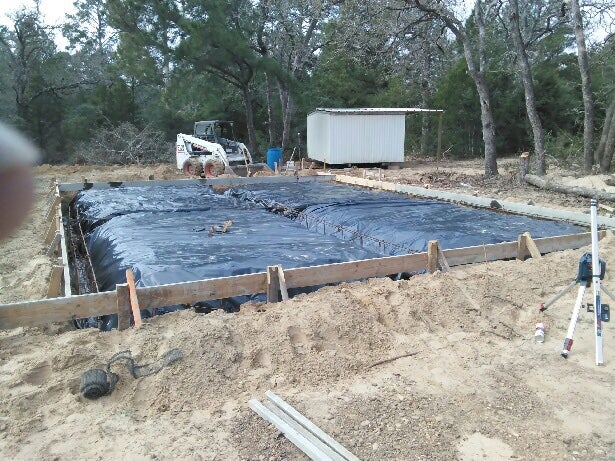
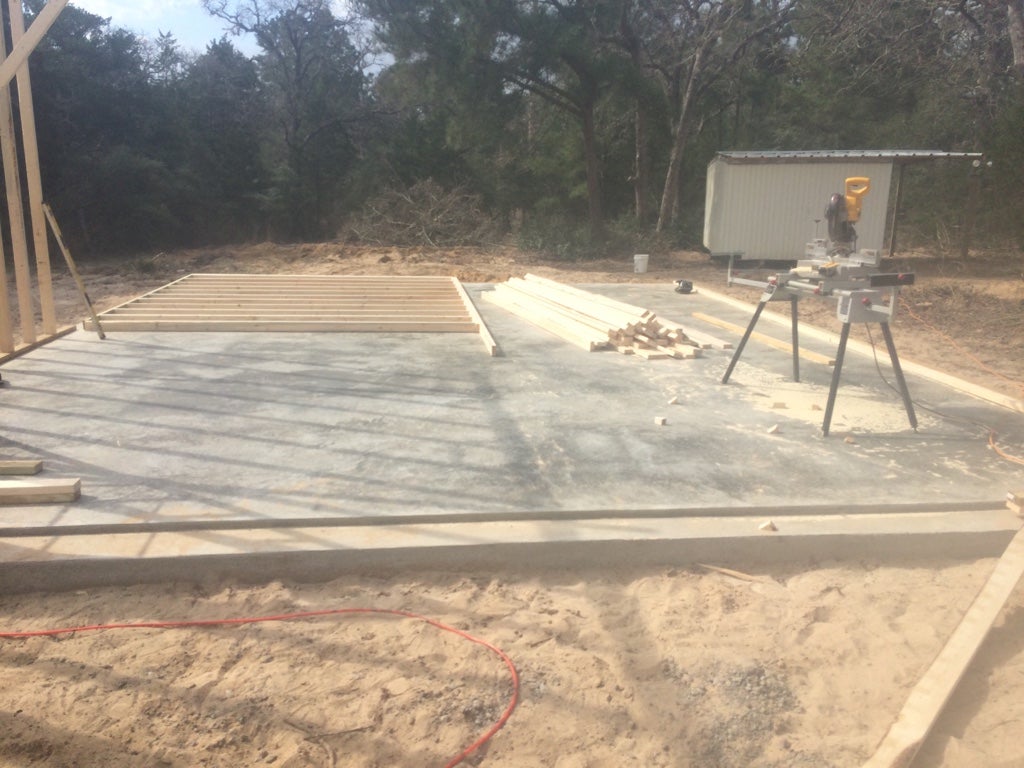
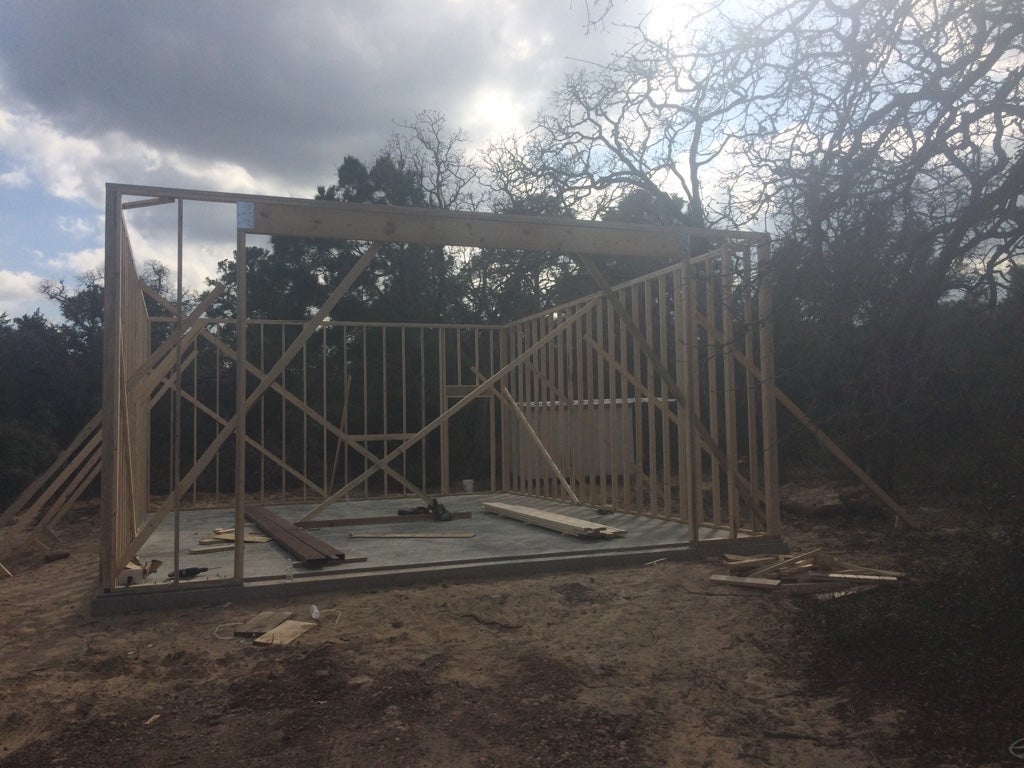
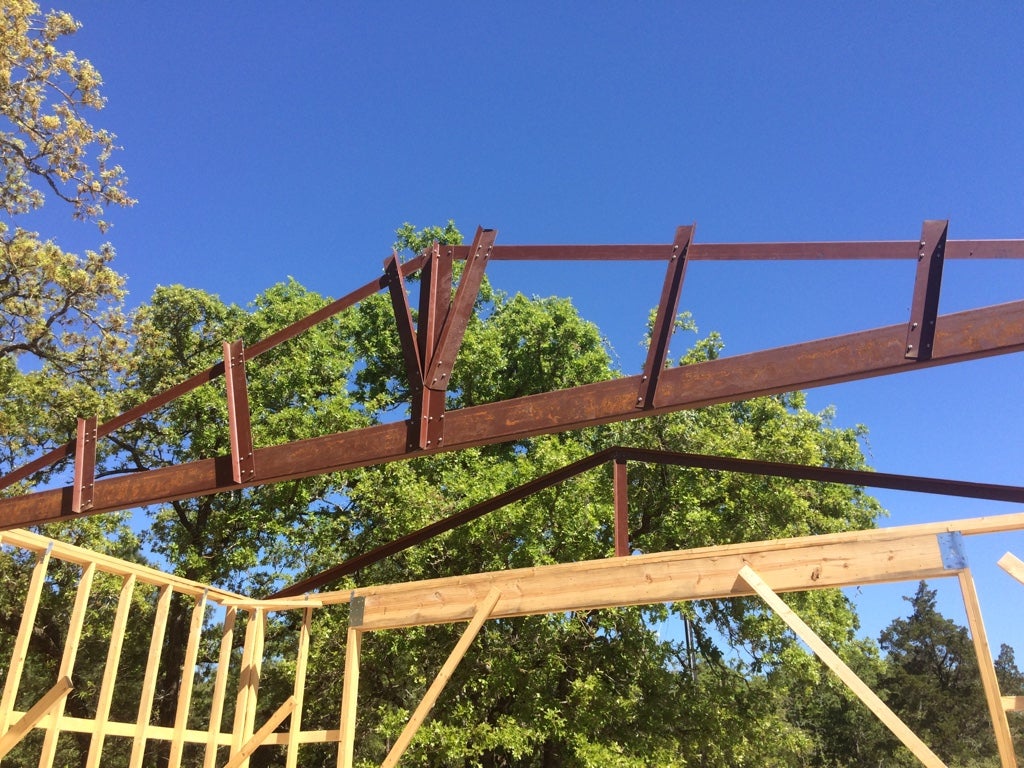
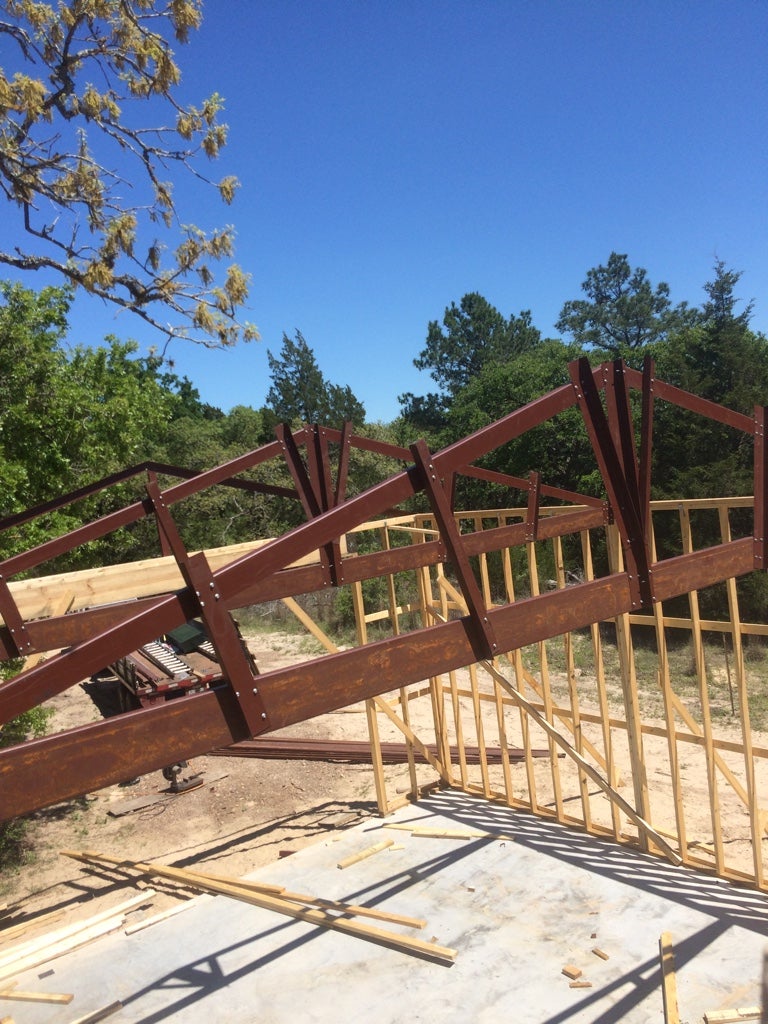
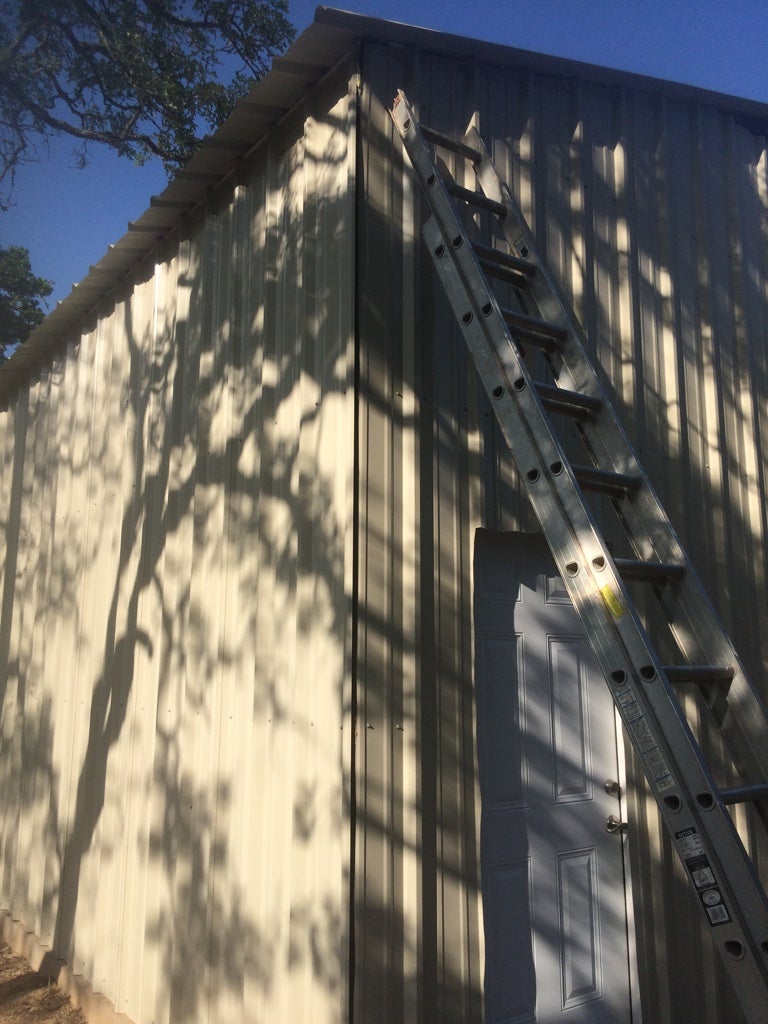
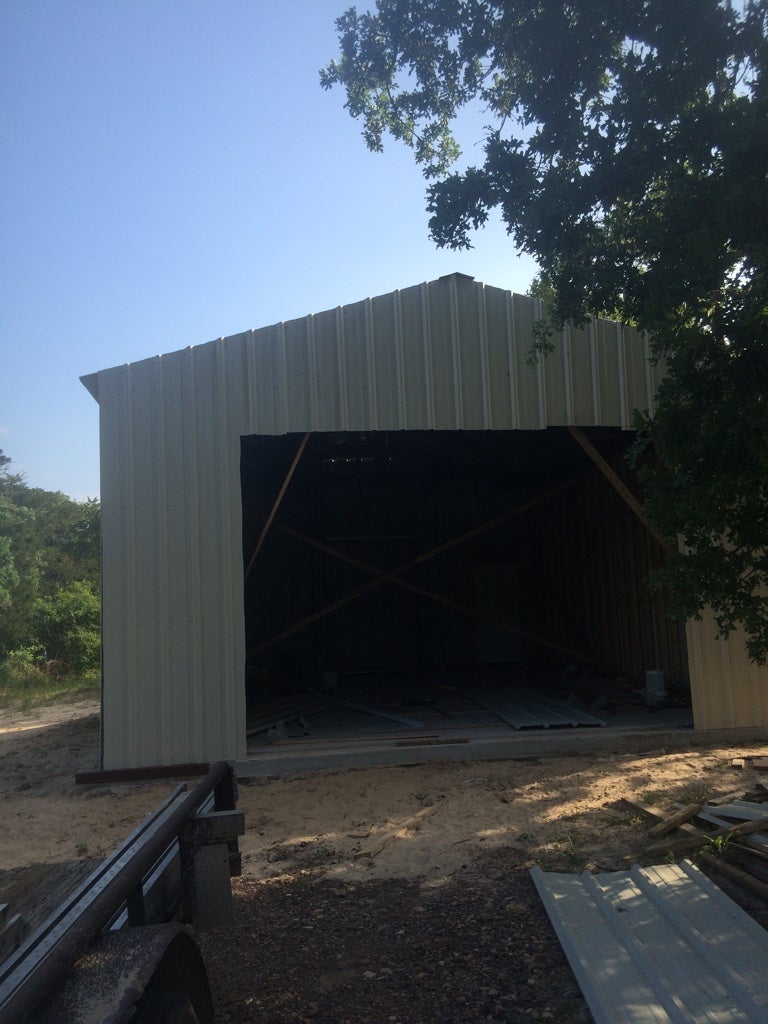
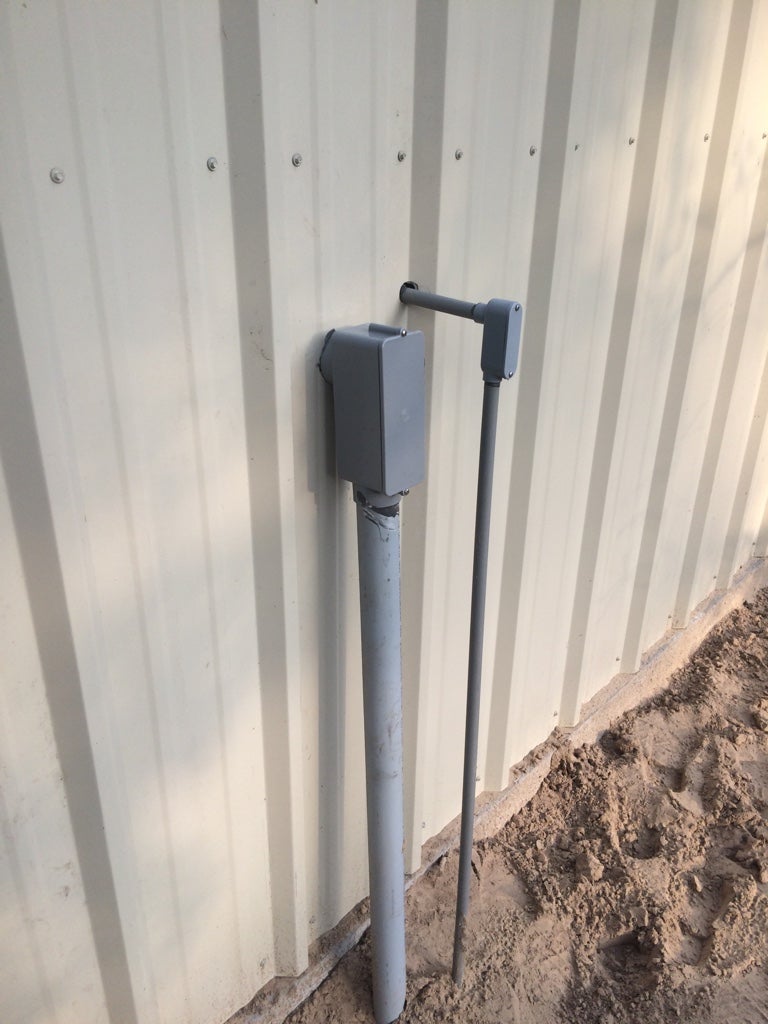
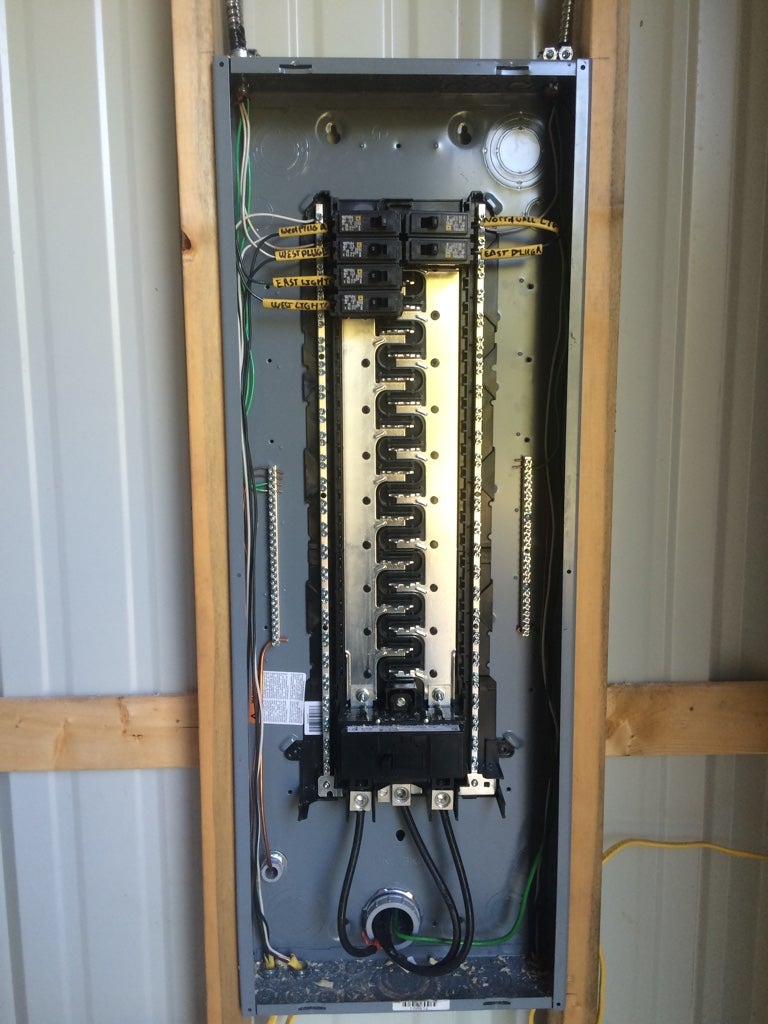
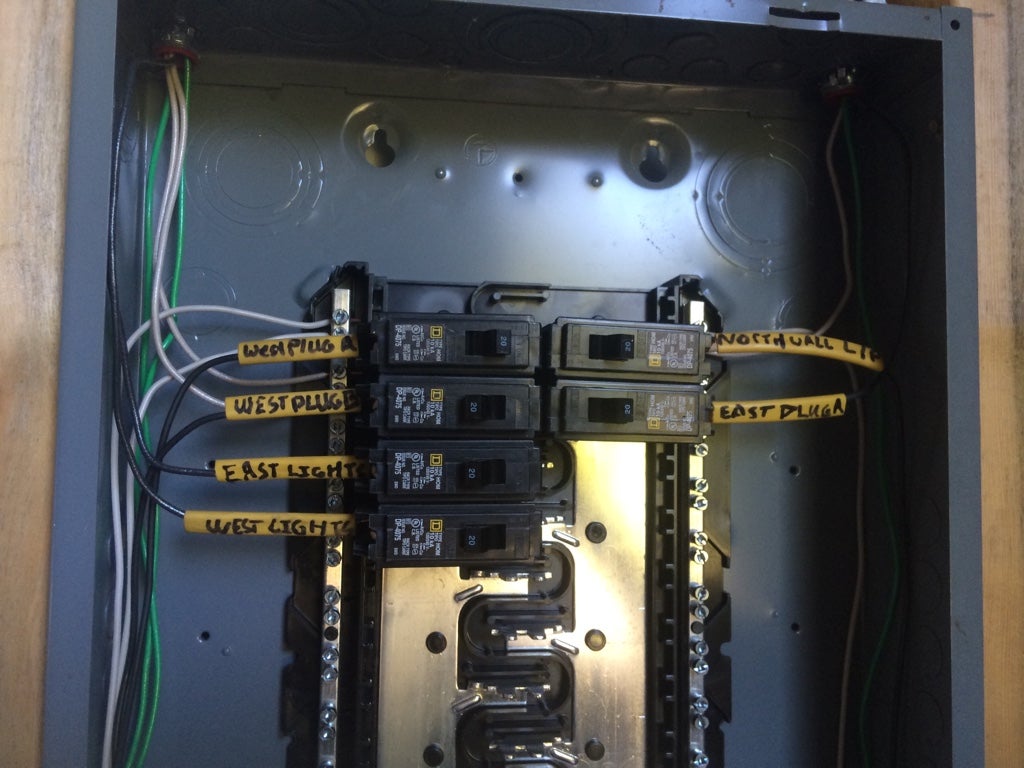
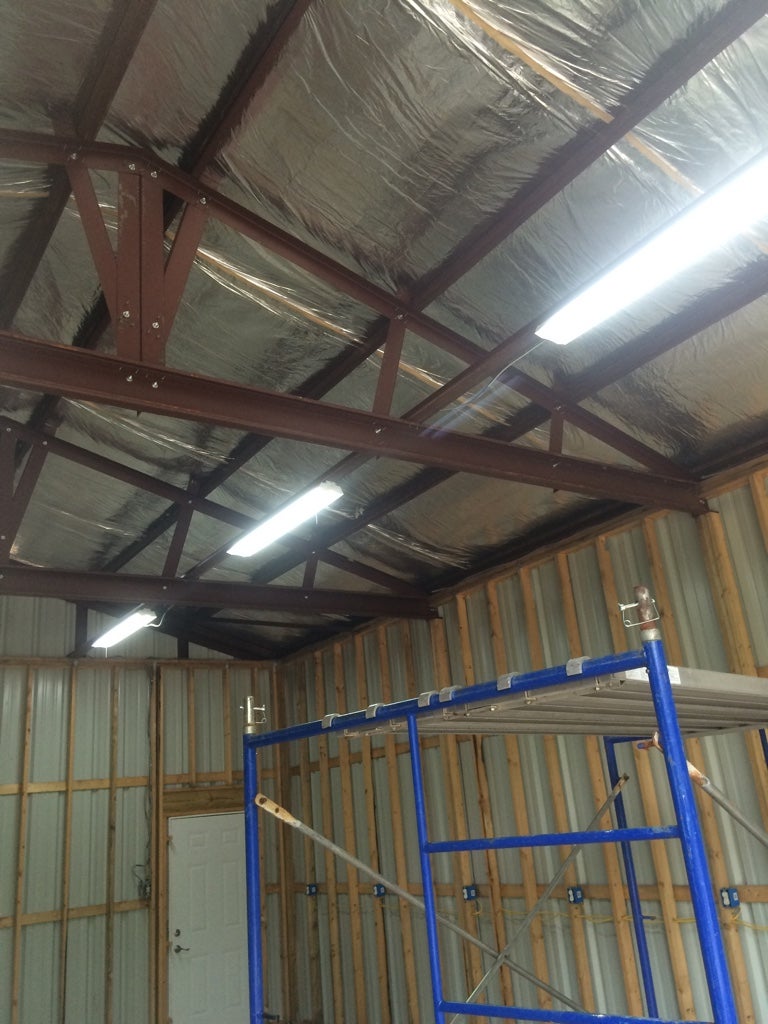
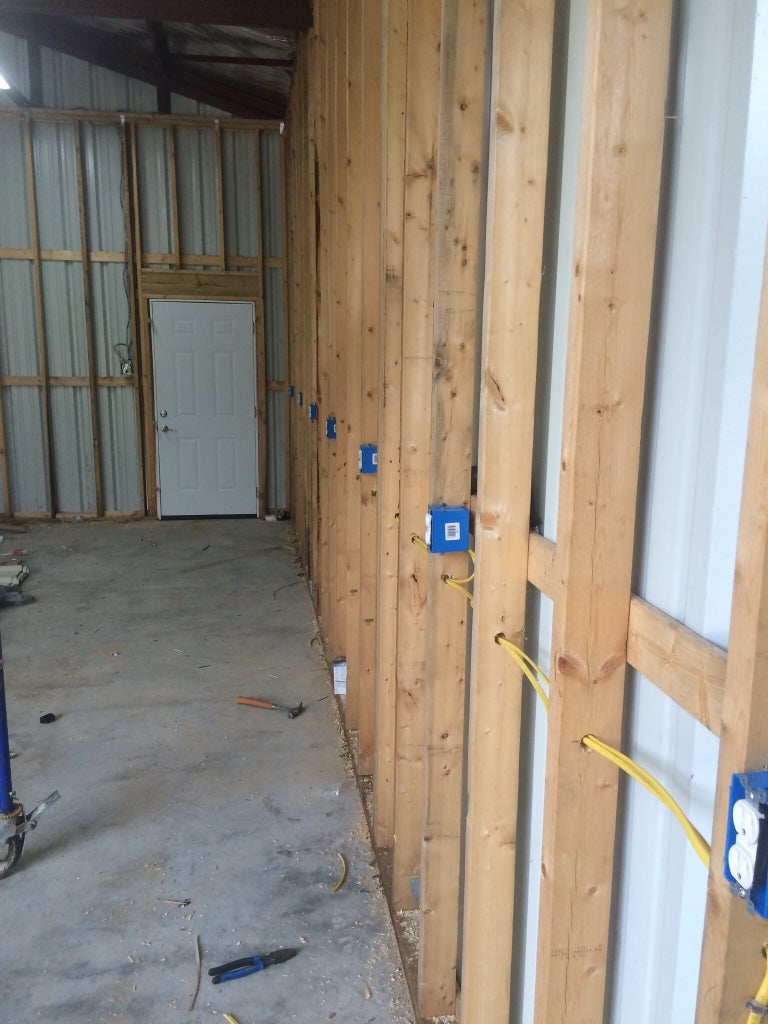
Sent from my iPhone using Tapatalk











